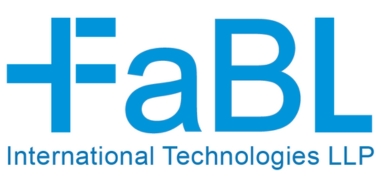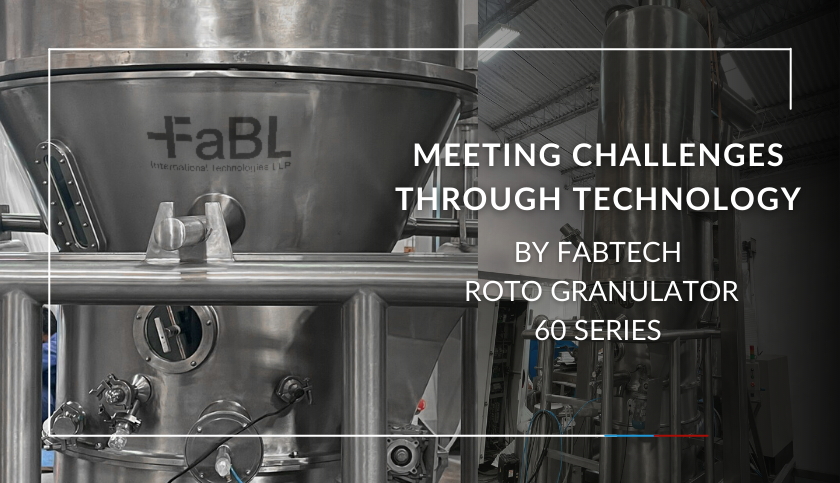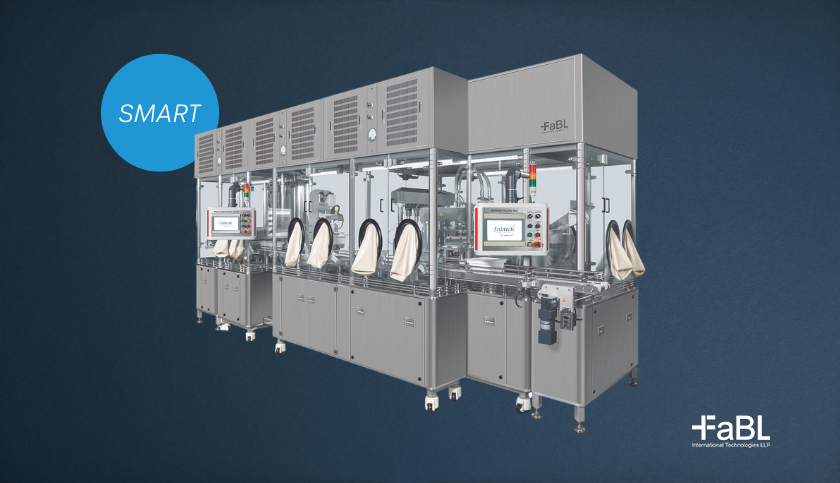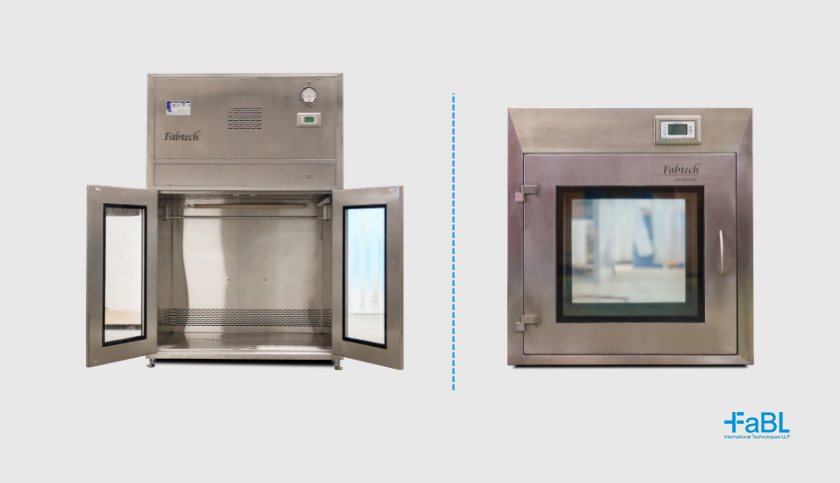Even as the severity of the pandemic continues to hound us now and then, a few thumb rules always need to be adhered to until the pandemic is completely wiped out. Amidst the masks, sanitizers and frequent hand washing, there is also an equally known yet less discussed atmosphere surrounding us.
If the supposedly zero human touch labels on our food orders give us an iota of confidence, the actual situation prevalent in closed laboratories and factories could be telling a different story. The criticality of air contamination in such closed places seems more intense than apparent.
Back in January 2021, we happened to meet Sachin, a worker in a prime pharmaceutical factory keeping a safe distance while interacting with us. “For long, my working style and my attire have been what people began following post the pandemic”, said Sachin whose body language spelt prudence as he admitted that he kept reminding himself of ensuring zero contamination while dealing with dry layering machines and equipment. However, he also revealed that even as his working atmosphere was free from Covid droplets, there was still a tendency of room air contamination from the dust that stayed in the coating pan, which forms an integral part of the drug layering process.
We dug in deep to learn more about how pharmaceutical companies are coping to ensure no room for air contamination in such a critical atmosphere. However, we also comprehended that commercial and practical value must be aligned with any new technological leap.
Development of Dry Powder Layering method for Drug Loading over 200 % w/w, using Roto Bed - Fablife Roto Granulator FRG 60 series
We learnt that there has always been great acceptability of the methodology being undertaken for drug layering over non-pareil seeds. This practice includes the usage of a coating pan, spraying a binder over the rolling seeds, dusting a mixture of drugs and choice of excipients over wet seeds. While the efficacy of layering drug amounts, often resulting in over 200% weight increase or occasionally even higher, must be acknowledged, it was time to turn a critical lens to examine the challenges (apart from room air contamination) that merit attention.
The concerns that demanded addressal are given below:
- It is a highly skill-based process
- There is a loss of actives to the coating pan surface and exhaust air
- It is not too regulator friendly
- There is difficulty in reproduction and validation
Roto Granulator for Dry Powder Layering
Today, as varied methodologies and innovations across all spheres continue to witness evolution, it was reassuring to have a more promising and competent technological alternative come into existence. This development goes well beyond the conventional methods of coating pan as it uses centrifugal and fluidization forces. In fact, when weighing the Centrifugal Roto Bed Insert version with Fluid Bed Technology, as in Fablife Roto Granulator FRG series, the latter seems the optimum variant to the Fluid Bed Processor. This new-age technique can handle weight increases over 100% to well over 200% and more. In addition, it ensures robust functioning with the combination of a rotating disc and screw powder feeder along with the tangential spray attachment.
Integrating centrifugal force with the fluidization forces offers a unique advantage of layering direct dry powder over the NPS seeds in a closed system. Until now, a drug layering operation was largely conducted in a FB Processor, using the bottom spray technique when weight gains were up to a maximum of 25% to 50%. The operation envisages solution and suspension layering techniques. In this process, time consumption is the main issue which, to a large extent, can be taken care of by switching over to the Roto Bed Version. However, the actual result would lie in the treatment of Dry Powder layering.
The advantages of the technique can be broadly spelt out as under:
- It ensures rapid weight build-ups
- The centrifugal forces enable rapid drying in the equipment itself
- It can function without a separate tray drying
- It ensured reduced process timing (200% weight increase in less than one hour)
- There is a reduction in losses with no agglomeration
- It is a more efficient closed system operation
Thus, to determine the holistic value of the Fablife Roto granulator 60 series, the said machine underwent a commercial-scale trial of dry powder layering to ensure that maximum benefits are reaped from this new technology.
Below is the case study and the conclusion that was drawn post the trial:
Case Study
Equip used: FRG 60 (Roto Granulator 60 kg Capacity Make: Fablife Process Technologies LLP)
Seed Load: NPS sugar beads 600 microns 20.000 kgs
Binder solution: Purified Water holding L-HPC (as 10% dispersion in water)
Dry Powder Load: Mixture of Starch + Sugar + Lactose 38.000 kgs (sifted through 80 mesh)
Process Parameters
| Exhaust air Flow | 2000 rpm (blower Motor rpm) |
| Inlet Air Flow | 1400 rpm (blower Motor rpm) |
| Inlet Air Temp | 62 deg C |
| Product Bed Temp | 48 deg C |
| Exhaust Air Temp | 42 deg C |
| Atom Air Press | 3.00 Bar |
| Spray Pump Rpm | 18 |
| Spraying Rate | 80 gm per min |
| Powder Feeder Motor | 800 (Motor rpm) |
| Powder Feed Rate | 460 gms per min |
| Filter Bag Shaking Cycle | Once every 20 mins |
| Total Application Time | 90 minutes |
| Drying Time | 10 minutes |
| Total Process time | 100 minutes |
| Total Loaded Pellets | 52.500 kgs |
| Fines collected | 400 gms |
| Agglomerates | 200 gms |
| Final Pellet Size | 800 microns |
| Pellet hardness | Hard |
Conclusion
Many drug molecules can be formulated using the technique of Dry Powder Layering in a Roto Bed. In cases of drugs such as Ibuprofen, Flurbiprofen, Theophylline, Doxycycline and others, which require a 100 mg. or more dose per unit, dry powder layering seems to be the better option. Adopting centrifugal equipment over nuclei of drug crystals themselves or any neutral seed substance would be a worthy choice for this process. The key parameters to the success of this operation can be listed as follows:
- The ratio between the seed material particle sizes and that of the dry powder particle is critical. Generally, the more skewed the ratio, the better is the layering process.
- Disc speed is critical to prevent agglomeration and large scale “balling”
- The gap between the disc and the wall
- Spray rate vs powder dusting rate (very critical)
- Atomization pressure of liquid sprayed.
- Particle size range of dusting powder mix
- Air balance between inlet and exhaust blowers
- The twisted rope appearance of the bed and the floating (air suspended feel of the bed)
Hence, it is evident that the new Roto Granulator is highly competent and hence is the preferred method for Dry Powder Layering. Especially with its capacity of exceeding more than 50% weight gain ensures considerable time savings and maximum product yield and quality. Moreover, due to the new and improved quality of the sphericity, the observed size range, and shorter process timings, this equipment has found its place in various studies and research.
Most importantly, because of closed system equipment, Roto Granulators 60 series promise no powder outflow. Even though the loading and unloading of the materials may invite dusting, the same can be controlled by vacumn transfer system (VTS) or any such similar technique, thereby ensuring no contamination in the room.
This futuristic and increasingly reliant technology has a distinct edge over the coating pan method and is bound to stand the tests of the times.




